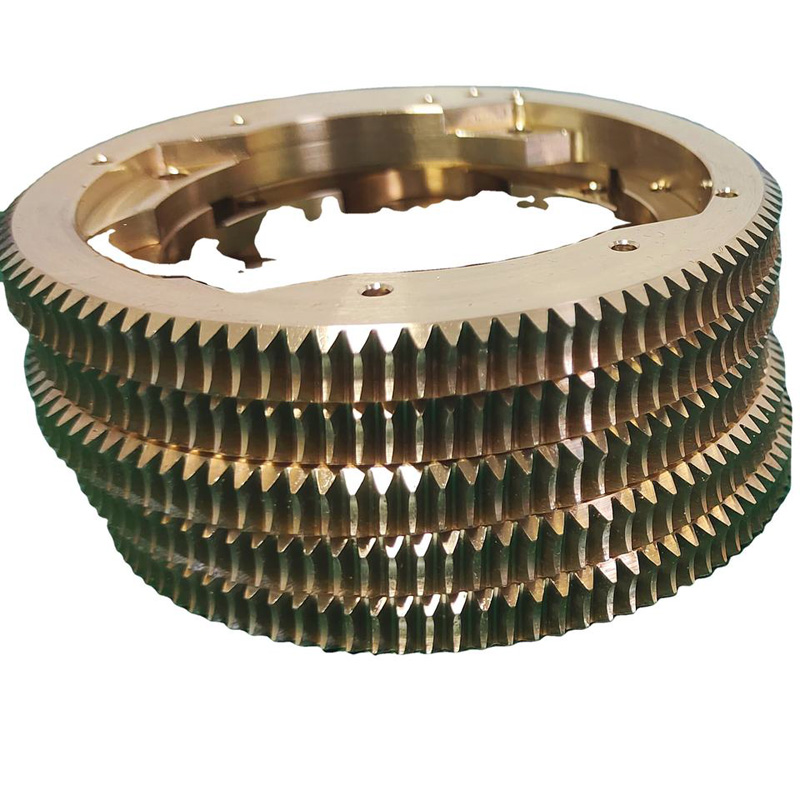What is bronze consist of?
Bronze is an alloy composed primarily of copper and tin. The composition of pure (or commercial) bronze is 90% copper and 10% tin. Bronze is more brittle and has a higher melting point than brass, at 950°C. In approximately 3000 CE, the introduction of harder, more durable bronze tools and weapons marked a turning point in human evolution.
What is bronze used for?
Because bronze, like brass, is resistant to saltwater corrosion, it is perfect for ship propellers, rudders, portholes, center-boards, and engine components. The earliest known warships utilised bronze-armored rams to destroy enemy vessels. Almost solely bronze, brass, and other copper alloys are used in the electrical systems and engine rooms of today's most advanced merchant and navy ships.

Similar to brass, bronze causes less friction than other metals and is frequently used for non-sparking tools on oil rigs, in chemical plants, and in other environments with flammable or combustible compounds.
Additionally, bronze is commonly used for statues and sculptures. The ancient world's tallest statue, the Colossus of Rhodes, was made from bronze. The Statue of Unity, the world's tallest sculpture at 182 metres (597 feet) in height, is covered in bronze.
Bronze with a high tin content (between 20 and 25 percent) is referred to as bell-metal and is exclusively used for making bells. The high tin concentration of bell-metal enhances its resonant quality.
What is galling and why does it matter?
Galling is the result of metal surfaces rubbing and adhering to one another, causing damage to parts and surfaces. The more ductile (or flexible) a metal is, the greater its tendency to gall. Brass and bronze are common choices for bearings and bushings, particularly in marine conditions, because these hard copper alloys are resistant to galling, resulting in reduced wear and improved performance of moving components over time.
Do bronze rust?
Bronze is unlike iron, do not rust, although the copper components will develop a patina over time when exposed to air. This oxidation process is responsible for bronze statues and domes' characteristic brown, green, and blue hues.
Copper 932
Copper 932 is also known as bearing bronze. This alloy has excellent anti-friction properties, making it ideal for bearings, bushings, wear strips, and other light-duty applications.
C932 Properties
|
Tensile Strength, Yield (MPa) |
Fatigue Strength (MPa) |
Elongation at Break (%) |
Hardness (Brinell) |
Density (g/cm^3) |
|
125 |
110 |
20 |
65 |
8.93 |
Most of our quotes are delivered within 24/36 hrs. and usually in much less time, depending on project details.
Our team will contact you directly about your CNC machining quote to ensure you’ve received and understand all aspects of your quotation and to answer any questions you may have about your options.